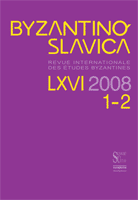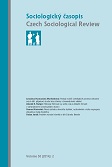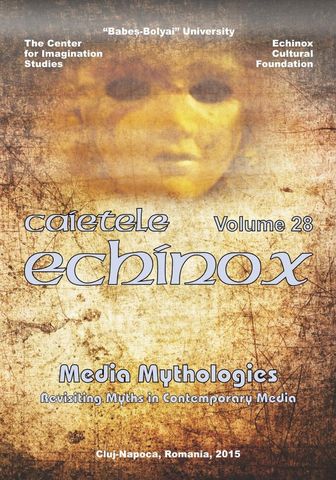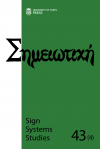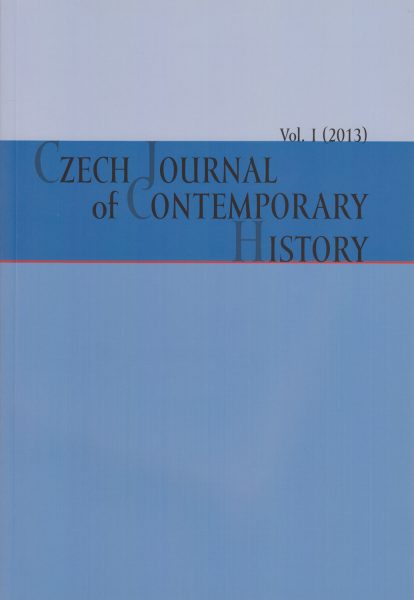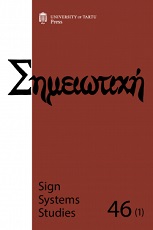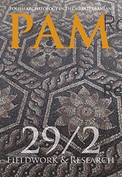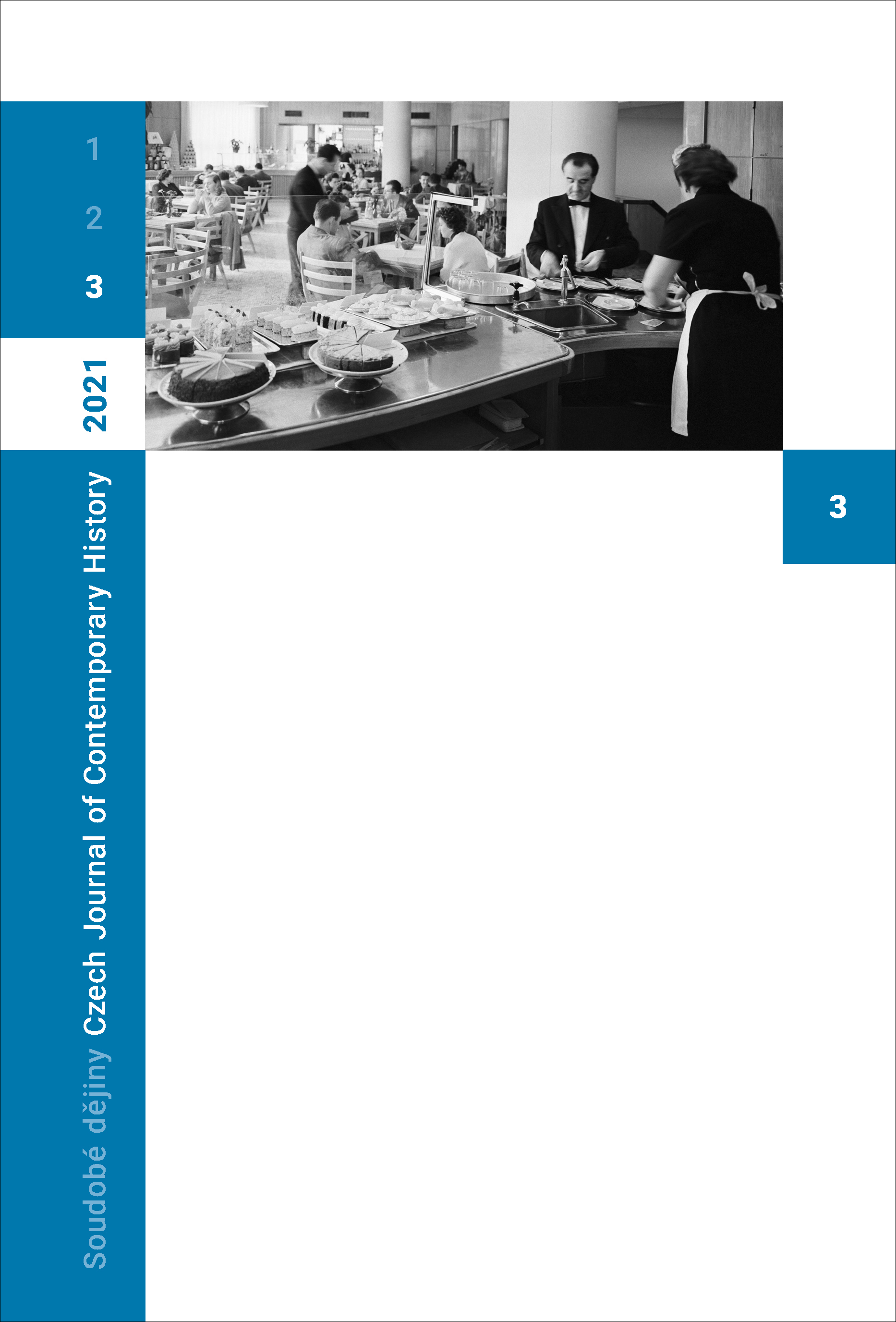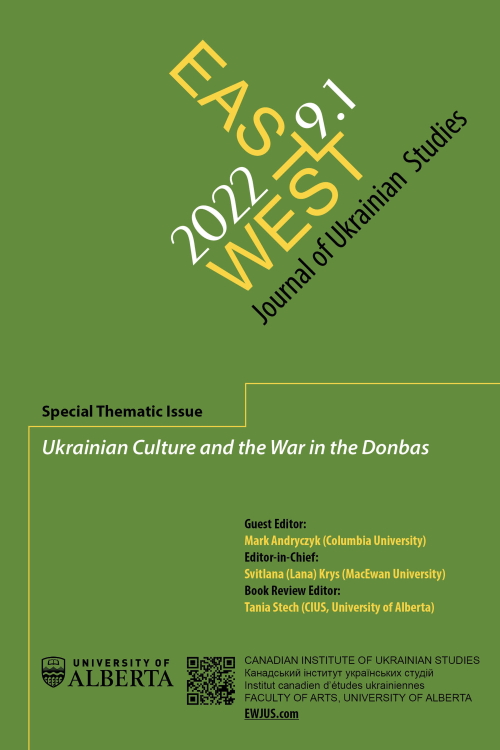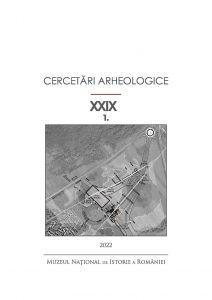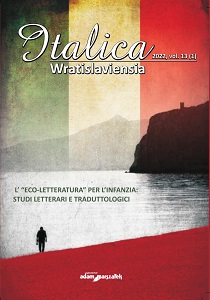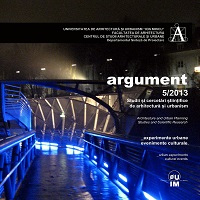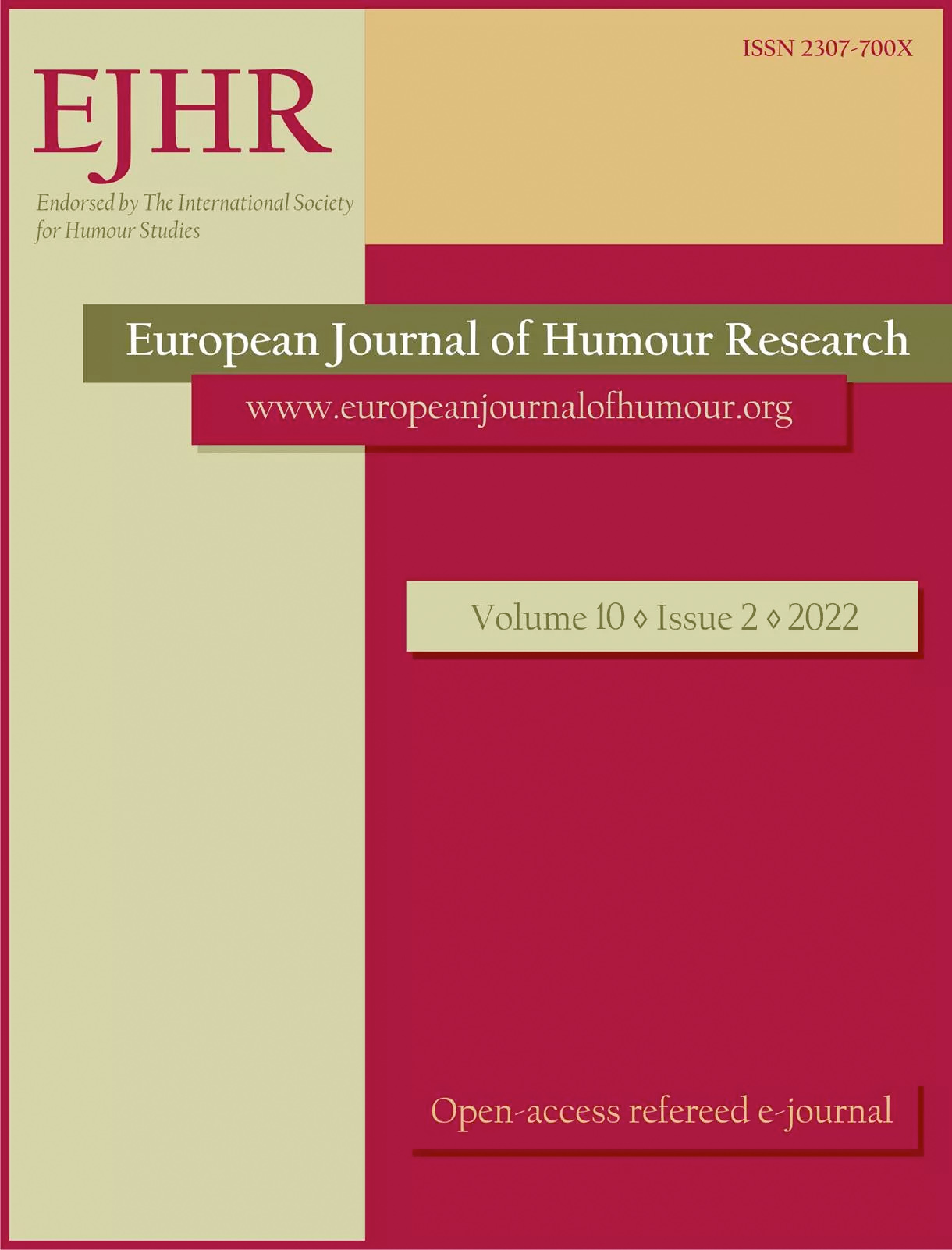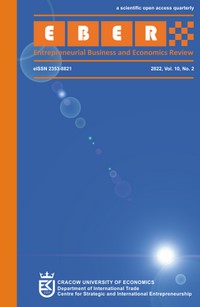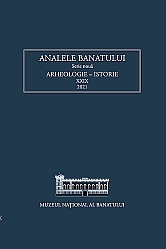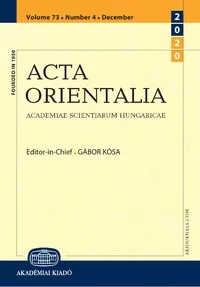“Getting Around to the Human Being in the Next Quarter”
(Leisure Time in the Czech Lands 1948–1956)
Author(s): Martin Franc,Jiří Knapík / Language(s): English
/ Issue: 1/2013
Keywords: leisure;1948–1956; dominant ideology; Communism; consumerist trends;
The authors consider the changes in the conception, organization, ways of spending, and forms of leisure in the Czech Lands from the establishment of the Communist monopoly on power in early 1948 to the second half of the 1950's. (After this point leisure time here began strikingly to change under the influence of consumerist trends.) They consider the topic in the context of the dominant ideology and changes in economic, social, and arts policies. The authors take into account gender differences, contrasts between town and country, and special features of social groups.They pay particular attention to leisure amongst young people and children. The authors do not, however, see the Communist takeover of February 1948 as a watershed in the sphere of leisure. Instead, they demonstrate both the continuity and differences between the period of limited democracy, from May 1945 to February 1948, and the years that followed. In some cases, they highlight features that were identical in Nazi German and Communist approaches to leisure activities (the rejection of jazz, “trash” (brak) in the arts, and Western influences in general).The authors discuss how the Communist regime intervened intensively in the way people chose to spend their free time, in its endeavor to shape a new type of man and woman in the new social conditions. At the same time, particularly in the late 1940's and early 1950's, the State so emphasized the importance of the work of building socialism, that leisure was seen as a “necessary evil”, since it used up valuable physical and mental energy that would have been better spent on increasing productivity. For the same aims, but also with regard to the idea of somewhat democratizing the arts, the regime gave preference to activities such as political and vocational self-education as well as the study of selected arts and cultural values. In keeping with the subordination of the individual to the interests of society, collective forms of recreation and the leisure (holidays spent with groups of co-workers,mass group visits to plays, films, concerts, museums, galleries, and, later, Pioneer camps) were given priority. Traditional club activity and individual leisure were seen as “bourgeois survivals”. Some young people’s non-conformist leisure activities met with suspicion from the authorities or with outright repression. Amongst the models of leisure that the regime held worthy of emulation were the Socialistyouth construction projects (stavby mládeže), “volunteer” work, and additionalinstruction or training. The new organizations, such as the Revolutionary TradesUnion Movement (Revoluční odborové hnutí – ROH), the Czechoslovak Union ofYouth (Československý svaz mládeže – ČSM), and the Union for Co-operation with the Army (Svaz pro spolupráci s armádou – Svazarm), which took the place of the earlier clubs and associations, comported with the new ideology and provided the required forms of leisure. The authorities endeavored also to support considerably developed and differentiated hobbies, such as making art, playing board games,and collecting. Special facilities were established to run these activities, includingthe enterprise-based clubs of the ROH, houses of culture (kulturní domy), and people’s educational societies (osvětové besedy). Forms of universally accessible activity, like chess and phillumeny (collecting matchbox labels), were supported,whereas financially more demanding hobbies or those linked to private gain, such as philately or numismatics, were marginalized. A slight retreat from the ideologised conception of leisure came with the so-called “new course” of 1953. But more striking changes were made in the second half of the 1950's. These years,which saw shorter working weeks, a higher standard of living than before, and the emergence of consumerist trends, are described by the authors as a period of the planned expansion of leisure and its gradual individualization.
More...

